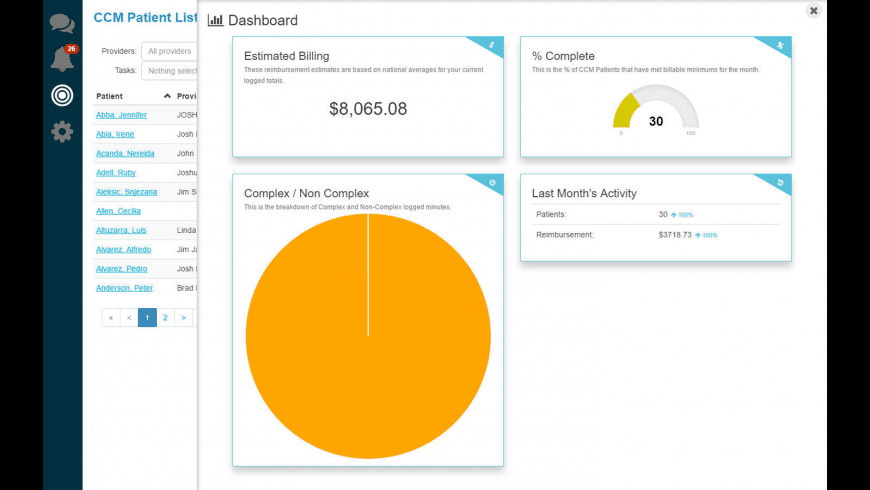This page contains a list of all system requirements needed to build and run NativeScript apps on macOS, as well as a guided walkthrough for getting these requirements in place. On macOS systems, you can use the NativeScript CLI to develop Android and iOS apps.
System Requirements
- macOS High Sierra or later
- The latest stable official release of Node.js (LTS) 10.x.
- (Optional) Homebrew to simplify the installation of dependencies
- For iOS development
- Latest Xcode
- Command-line tools for Xcode
- xcodeproj ruby gem
- CocoaPods
- The
sixpython package
- For Android development
- JDK 8 or later
- Latest official release of Android SDK
- Android Support Repository
- (Optional) Google Repository
- Android SDK Build-tools 28.0.3 or later
We are no longer supporting this browser, so you’ll need to switch to one of our supported browsers to keep using Slack. We know this can be a pain, and we’re sorry for asking you to do it. We know this can be a pain, and we’re sorry for asking you to do it. Download this app from Microsoft Store for Windows 10. See screenshots, read the latest customer reviews, and compare ratings for Slack.

No anywhere install non appstore apps mac. You must also have the following two environment variables setup for Android development:
But emulation (and its cousin, virtualization) can also be used legally to do all sorts of useful things. The Linux server I run my entire business on is, in fact, one of many virtualized servers running on a much larger piece of hardware. It’s virtual reality for computers: There’s an entire pretend computer that’s actually a program on a different computer.If you’re a Mac user, you may know virtualization from apps like and, both of which let you run Windows apps while you’re also running macOS. Since both macOS and Windows use Intel processors, this isn’t emulation (where the software is pretending to be computer’s processor itself), but it’s still virtualization, since Windows and its apps think they’re inside a Windows PC when they’re really inside an app running on a Mac.Running Windows apps can be really convenient if you rely on them. How to play powerpc apps on mac os sierra 10.13.
- JAVA_HOME
- ANDROID_HOME
Slack Native Mac App Download
Advanced Setup Steps
Download Slack App Windows 10
Complete the following steps to setup NativeScript on your macOS development machine:
Install Homebrew to simplify the installation process.
Install the latest Node.js (LTS) 10.x.
- After you run the command above you will see this on console:
If you need to have this software first in your PATH run:echo 'export PATH='/usr/local/opt/node@10/bin:$PATH' >> ~/.bash_profileIn order to make node available, please add it to path with this command:echo 'export PATH='/usr/local/opt/node@10/bin:$PATH' >> ~/.bash_profile
Then restart the terminal or runsource ~/.bash_profilecommand.
- After you run the command above you will see this on console:
Install the dependencies for iOS development.
- Run the App Store and download Xcode.
Start Xcode and you will be prompted to install Command Line Tools for Xcode.
- To verify that the installation is correct please run
xcodebuild -versionIf command above do not pass then build tools are either not installed or not selected.You can select build tools viaxcode-selectcommand or via Xcode (Preferences -> Locations -> Command Line Tools).
- To verify that the installation is correct please run
Install the xcodeproj ruby gem with the following command. https://luckytab6.netlify.app/mac-app-store-sketchbook.html.
Install CocoaPods
Setup CocoaPods
Install pip
Install python
sixpackage https://luckytab6.netlify.app/best-mac-free-apps-os-x-open-source.html.
Install the dependencies for Android development.
- Set up JDK 8.
Set the JAVA_HOME system environment variable.
Install the Android SDK. How to see apps installed on mac os.
In the terminal, run the following command:
Next, run the following command to set the ANDROID_HOME system environment variable:
NOTE: : If you are installing via Android SDK Manager, then the path for ANDROID_HOME would be '/Users/$userid/Library/Android/sdk/' .
NOTE: This is the directory that contains the
toolsandplatform-toolsdirectories.NOTE: In order to persist these variables after your terminal session is closed, they have to be persisted in your shell profile file (e.g.
~/.bash_profileif you are using Bash,~/.zprofileif you are using Zsh)In addition, install all packages for the Android SDK Platform 28, Android SDK Build-Tools 28.0.3 or later, Android Support Repository, Google Repository and any other SDKs that you may need. You can alternatively use the following command, which will install all required packages.
If you are behind a corporate proxy, it might be necessary to pass additional arguments. You can check sdkmanager documentation
Setup Android Emulators (AVD) by following the article here
Install the NativeScript CLI.
Run the following command.
Restart the command prompt.
To check if your system is configured properly, run the following command.
If you see 'No issues were detected' you are good to go!